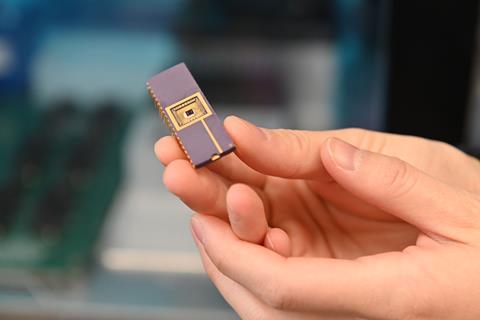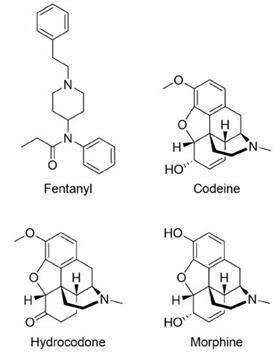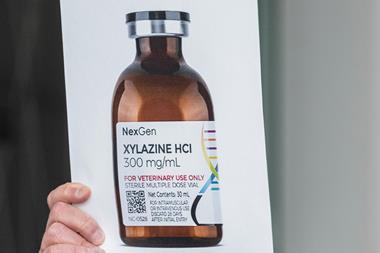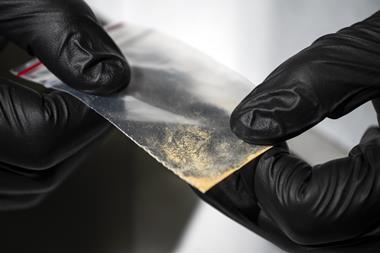
A handheld electrochemical sensor comprised of carbon nanotubes and gold nanoparticles can detect fentanyl at the femtomolar level and distinguish between different opioids.
To address the growing trend of fentanyl being used as an adulterant in other illicit drugs, the researchers – who were from the University of Pittsburgh Kenneth P Dietrich School of Arts and Sciences in the US – said it was crucial to develop technologies that can quickly and accurately identify fentanyl from other opioids and quantify trace amounts of the drug.

For many years, quantitative detection of fentanyl has been carried out using gas chromatography–mass spectrometry and liquid chromatography–tandem mass spectrometry, however these techniques have limited quantification capabilities, and electrochemical detection has been identified as a promising alternative.
To design an electrochemical sensor that is sensitive down to the femtomolar level, the researchers modified a Covid-19 sensor they developed in 2020. At the core of the sensor is a chip attached to carbon nanotubes that are decorated with gold nanoparticles.

The researchers found that when fentanyl bound the nanoparticles it triggered a current specific to that opioid. Machine learning was then used to train the sensor to accurately identify a fentanyl molecule and distinguish this drug from other opioids such as codeine and morphine, with an accuracy of 91.2%. Antibodies to fentanyl were then added to the sensor to improve its sensitivity, giving it a detection limit of 10.8 femtograms/ml.
The researchers said the inexpensive sensor held ‘potential for high-throughput screening of drug mixtures, offering a highly accurate and efficient approach for the analysis of illicit drugs’.
References
W Shao et al, Small, 2024, DOI: 10.1002/smll.202311835

















No comments yet